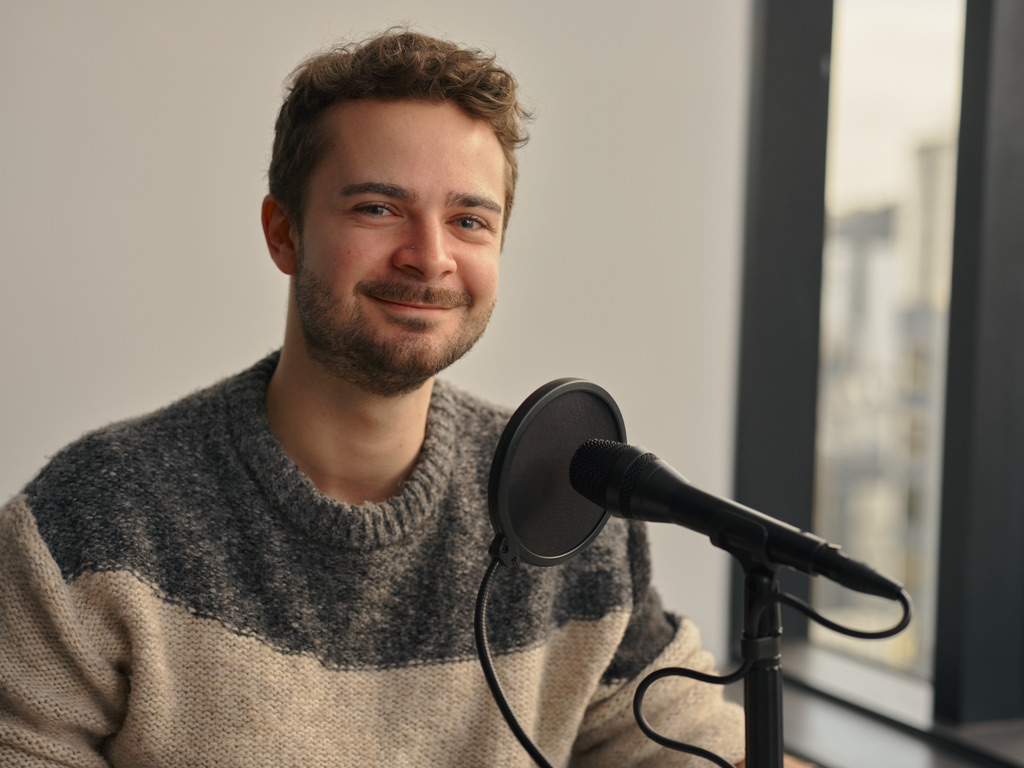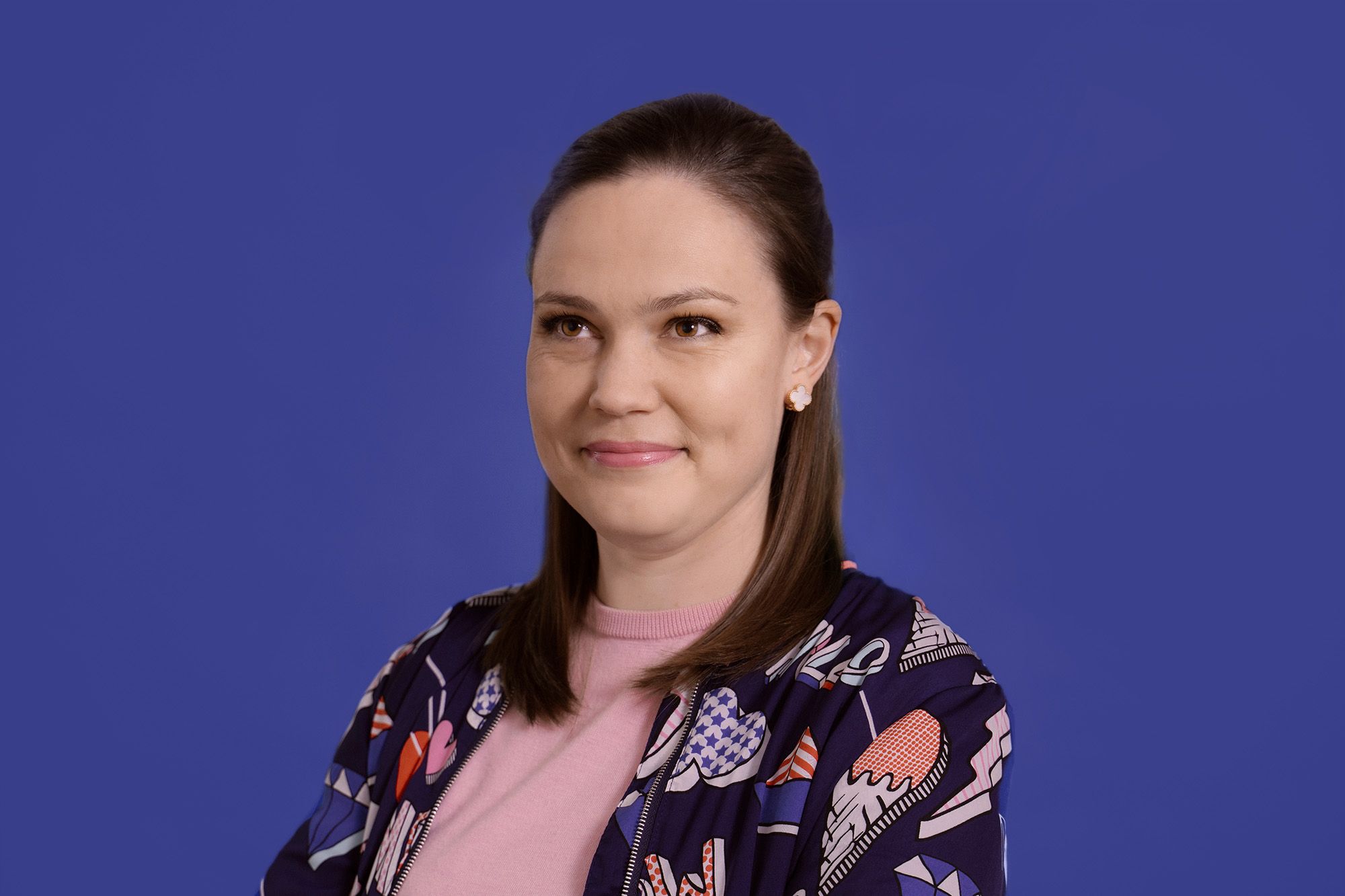Ever wondered what exactly Closed Captions (often referred to simply as captions) and subtitles are? While they are both similar, each have very different purposes. In addition, the two terms tend to be used interchangeably to mean the same thing, usually captions.
Captions are a transcription of the audio or dialogue within a TV show or movie and provide access for Deaf and hard of hearing viewers. They include any other audible noise aside from dialogue, such as explosions and even indicate a change in speakers through the positioning or colour of the captions. They also come in two different forms – Closed Captions (CC) or open captions, the latter generally being embedded into the video and unable to be turned off, even with a remote control or toggle option within a video player online.
On the other hand, subtitles tend to provide a translation of the language used in a TV show or movie for viewers who do not understand or are not fluent in the language being spoken. Subtitles also do not include audible noise important to the audience such as explosions or doors slamming – which would be required for deaf and hard of hearing viewers to fully understand what is happening within the content. This is because subtitles typically provide a transcription of the language spoken in a TV or film in the viewer’s native language, they assume that viewers are able to hear these additional noises and require a transcription of the dialogue only.
However, both captions and subtitles provide huge benefits to all who use them, not just for those who are Deaf or hard of hearing. Or those who are not fluent in the language being used in the content they are watching. Due to the rise of increasingly muffled or subdued sound mixing within content on broadcast media and streaming platforms, usually for a moodier feel of the content, people have turned to using captions in recent times to overcome this frustration. In addition, people also use them when watching media while eating, particularly when eating food such as popcorn or chips to overcome the sound being so close to them.
Captions and subtitles not only provide those who are deaf or hard of hearing or speakers of other languages access to what they are watching, they also provide an added dimension of immersion and understanding of the content. As captions and subtitles are read while watching the content, there have been times where added layers of information are provided to audiences through captions as due to many reasons such as the rapid pace of action happening on screen, or purposefully altered voices or accents, can make it challenging for viewers to fully understand what is happening. Captions overcome this challenge by displaying what is being spoken in the dialogue and allows viewers who may become disinterested to remain fully engaged with the story and continue watching in the hopes of catching potentially more information from reading the captions that might not otherwise be caught by listening to the dialogue or audio.
Both captions and subtitles also have useful practical benefits, particularly for children. Having captions turned on when available allows children to have the opportunity to improve their reading speed, broaden their vocabulary, and word recognition, all of which are important aspects of literacy skills. For kids who struggle with literacy, captions also provide the combined effect of displaying the spelling of the word alongside how it is pronounced, meaning that there are more ways than simply remembering how a word is spelt to know what it means and looks like. These benefits are not restricted to children as speakers of other languages may utilise some of the same techniques to improve their knowledge of the language the captions are written in.
In today’s highly digital and social media driven world, captions are becoming increasingly used due to restraints of the physical environments people find themselves in which limit the volume they are able to watch content at, even with headphones. Examples of these situations include commuting on public transport, waiting rooms, libraries, and even apartment buildings with thin walls! This has meant a small explosion of content that is captioned on social media compared to previous years, particularly on Tiktok. However, the captions generally look very different from traditional captions as they are often in colours other than the standard black and white text or have effects added to them to look appealing to viewers, so many people do not realise they are actually captions. As a result, this has meant that deaf and hard of hearing individuals benefit hugely as it opens doors to accessing conversations on social media much greater than before.
Captions and subtitles are benefitting more people in greater numbers than before, not just those who are deaf or hard of hearing. Looking to the future, things look very positive for the use of captions and subtitles across all kinds of media, particularly as people are increasingly discovering content in other languages that are not their native languages and use captions or subtitles to understand the content they are viewing, a notable example within mainstream society in recent years being the dystopian Korean show Squid Game on Netflix. If you’ve ever felt like watching your favourite movie or show with captions if they are available, there has never been a better time or reason to!





